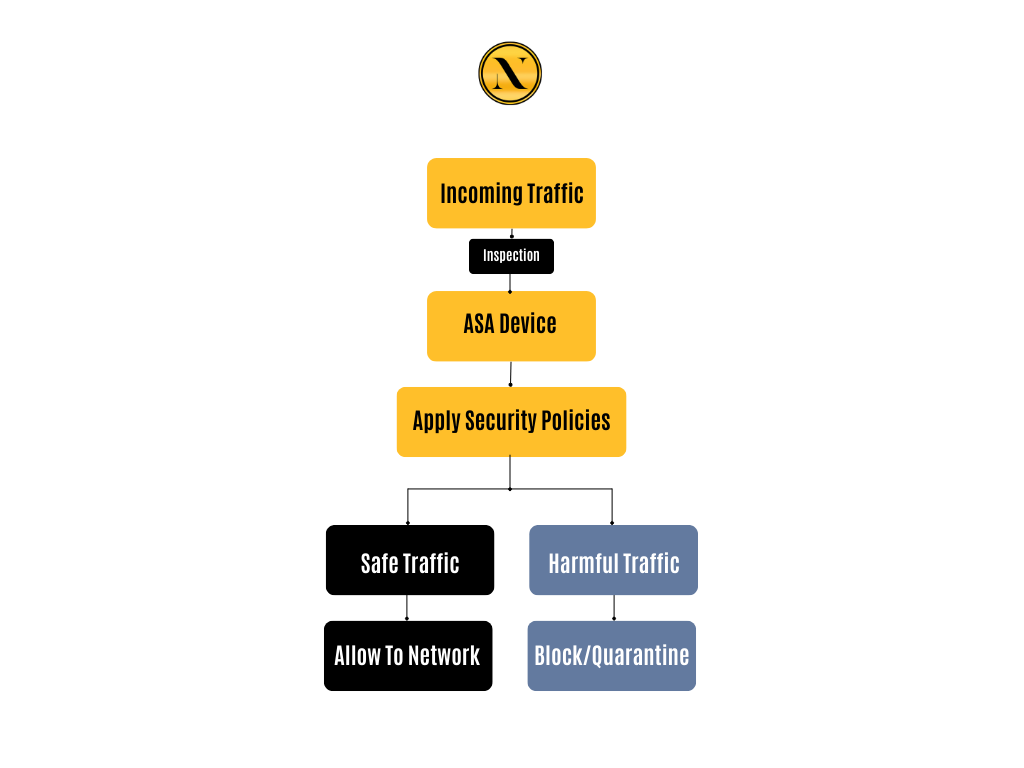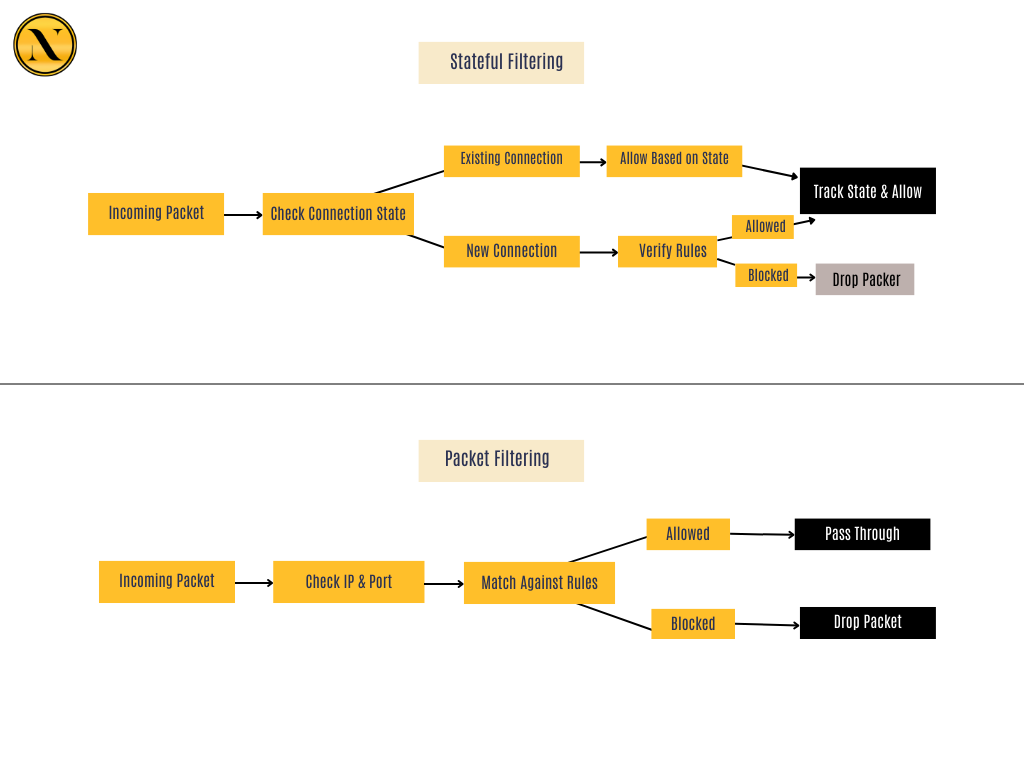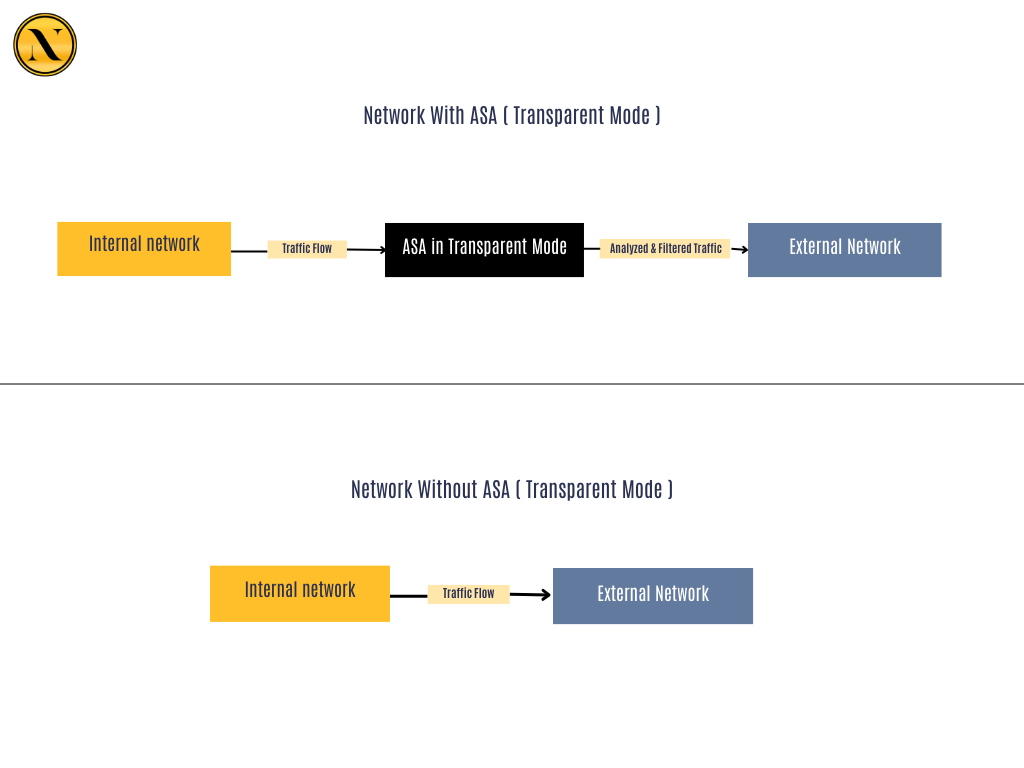An adaptive security appliance is essential for businesses prioritizing their technology infrastructure. Cisco has dedicated significant resources to develop the ASA, which offers more than traditional firewall capabilities.
The Cisco ASA raises many questions among users. Here’s a straightforward summary, along with resources you can explore at your convenience.
Let’s get started.
The Cisco ASA, or Adaptive Security Appliance, is a multifunctional security device that integrates firewall, antivirus, intrusion prevention, and VPN capabilities. This powerful combination offers businesses a robust defense against various cyber threats, ensuring network security and data protection.
Designed for scalability, the Cisco ASA can be tailored to fit the security requirements of both small and large networks. Its core purpose is to secure network traffic and facilitate secure remote access, maintaining data integrity and confidentiality.
As an advancement over Cisco’s previous PIX firewall series, the Cisco ASA elevates network security with enhanced features and proactive threat defense capabilities, preemptively neutralizing attacks to maintain the integrity of modern security architectures.
This integral component in combating dynamic cyber threats is further enriched by the expertise of CCIE Security certified professionals, who bring advanced knowledge and skills to maximize the ASA’s potential, ensuring unparalleled protection in today’s complex digital landscapes.
The Cisco ASA, or Adaptive Security Appliance, is a multifunctional security device that integrates firewall, antivirus, intrusion prevention, and VPN capabilities. This powerful combination offers businesses a robust defense against various cyber threats, ensuring network security and data protection.
Designed for scalability, the Cisco ASA can be tailored to fit the security requirements of both small and large networks. Its core purpose is to secure network traffic and facilitate secure remote access, maintaining data integrity and confidentiality.
As an advancement over Cisco’s previous PIX firewall series, the Cisco ASA provides enhanced security features. It is engineered to deliver proactive threat defense, effectively preventing attacks before they can cause harm. The Cisco ASA is a cornerstone in modern security architectures, safeguarding against the dynamic challenges of cyber threats.

However, recognizing the necessity of internet access for business operations, the ASA is designed to facilitate essential traffic. It allows safe, authorized data exchanges by employing sophisticated filtering and inspection processes. This ensures that while the network remains secure, it also stays connected and functional.
The Adaptive Security Appliance (ASA) is a cornerstone of Cisco’s security offerings, blending traditional firewall capabilities with advanced VPN support, antivirus defenses, and a suite of additional security features. Here are some key functionalities of the ASA:
ASA’s packet filtering is a fundamental security measure that scrutinizes both incoming and outgoing packets based on specific rules set within the access control list (ACL).
This mechanism allows administrators to define a wide range of conditions, such as permitting or denying traffic from certain IP addresses, to ensure that only authorized data enters or exits the network. This first line of defense is crucial for maintaining network integrity.
Unlike basic packet filtering, stateful filtering in ASA provides a more dynamic approach to security.
By monitoring the state of active connections, ASA allows return traffic from lower security levels to higher ones if the connection was initially established from the higher security level.
This intelligent tracking system ensures secure communication channels are maintained, enhancing the network’s security posture without hindering legitimate traffic flow.

ASA’s routing capabilities are extensive, supporting static, default, and dynamic routing protocols such as EIGRP, OSPF, and RIP.
This flexibility allows network administrators to efficiently manage data paths across the network, ensuring optimal performance and reliability. By integrating seamlessly with existing routing infrastructures, ASA enhances network architecture without requiring major overhauls.
ASA’s ability to operate in both routed and transparent modes offers versatility in deployment.

The integration of AAA (Authentication, Authorization, and Accounting) services with ASA fortifies CCIE Security by ensuring that only authenticated users can access network resources.
Whether utilizing a local database or external servers like ACS (Access Control Server), ASA’s AAA support is vital for comprehensive access control and activity tracking.
ASA’s robust VPN support encompasses both policy-based and SSL-based VPNs, facilitating secure remote access and site-to-site connections.
This feature is essential for modern businesses, allowing secure communication over the internet, enabling remote work, and connecting multiple office locations securely.
With the growing adoption of IPv6, ASA’s support for both static and dynamic IPv6 routing ensures that networks are future-proofed.
This capability allows organizations to transition to the new IP protocol smoothly, ensuring compatibility and security in an evolving digital landscape.
ASA’s VPN load balancing feature optimizes the distribution of VPN traffic across multiple units, enhancing performance and reliability for remote connections.
This is particularly beneficial in high-demand environments, ensuring that no single device becomes a bottleneck.
The high availability feature of ASA, through stateful failover, ensures continuous network protection and uptime.
By pairing devices, ASA can automatically switch to a backup unit in case of failure, with no interruption to active connections. This redundancy is critical for maintaining business continuity.
ASA’s clustering capability allows for scaling security resources by treating multiple ASAs as a single entity.
This setup increases throughput and provides redundancy, ensuring that network security scales with demand while maintaining high availability and performance.
By integrating AMP, ASA extends its security capabilities beyond traditional measures to protect against advanced threats.
This next-generation firewall feature combines heuristic analysis, sandboxing, and a global threat intelligence network to detect and block sophisticated malware, offering a deeper layer of security.
The MPF in ASA allows for granular control over traffic policies, enabling administrators to apply specific security measures to different traffic flows.
Through the use of class-maps, policy-maps, and service-policies, ASA can implement advanced features like QoS, traffic shaping, and prioritization, tailoring security and performance to meet the unique needs of each network segment.
The Cisco ASA is essentially a powerhouse for network security, offering a robust blend of firewall, VPN, and threat prevention features. It’s designed to protect businesses from cyber threats, making it a critical tool for any organization concerned about its digital safety.
For businesses looking to enhance their network security, the Cisco ASA provides a scalable solution that can adapt to the growing needs of the company. Its comprehensive security capabilities ensure that businesses can safeguard their data and network against evolving cyber threats efficiently.
Lastly, for those interested in deepening their understanding of network security, pursuing CCIE Security training and certification could be a valuable step. It offers in-depth knowledge and practical experience with Cisco’s security technologies, including the ASA, preparing individuals for advanced security roles.
